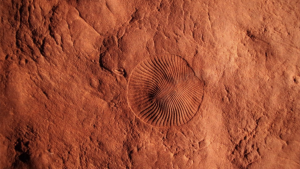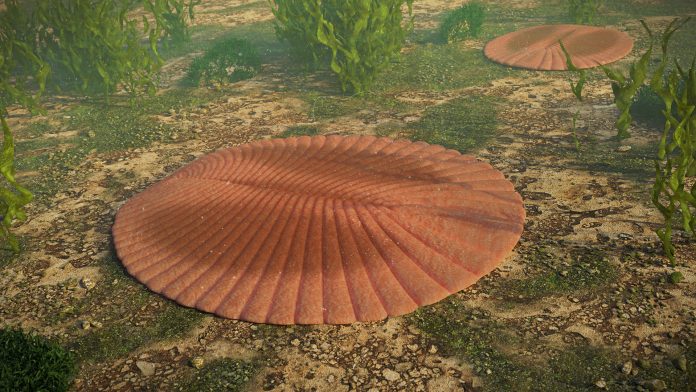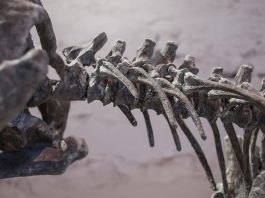Geologists at Virginia Tech have potentially uncovered what initiated the Earth’s first-ever mass extinction event, which occurred around 550 million years ago.
The study, titled ‘Environmental drivers of the first major animal extinction across the Ediacaran White Sea-Nama transition,’ published in the Proceedings of the National Academy of Sciences, suggests that decreases in global oxygen levels caused a mass extinction event near the end of the Ediacaran Period. The findings show that around 80% of animals died during this time.
Scott Evans, a postdoctoral researcher in the Department of Geosciences and leader of the research, commented: “This included the loss of many different types of animals; however, those whose body plans and behaviours indicate that they relied on significant amounts of oxygen seem to have been hit particularly hard. This suggests that the extinction event was environmentally controlled, as are all other mass extinctions in the geologic record.”
Discovering the world’s earliest mass extinction event
Earth has experienced five mass extinction events that stand out in the history of animals, including the Ordovician-Silurian Extinction (440 million years ago), the late Devonian Extinction (370 million years ago), the Permian-Triassic Extinction (250 million years ago), the Triassic-Jurassic Extinction (200 million years ago), and the Cretaceous-Paleogene Extinction (65 million years ago).
Using new data collected by several researchers from the University of California Riverside’s Department of Earth and Planetary Sciences, the researchers uncovered a new mass extinction event during the Ediacaran Period, the earliest in history.
Evans said: “Others had suggested that there might be an extinction at this time, but there was a lot of speculation. So, we decided to put together everything we could to try and test those ideas.”
The Ediacaran Period spanned for around 96 million years, sandwiched between the end of the Cryogenian Period — 635 million years ago — and the beginning of the Cambrian Period — 539 million years ago.

Tracking global oxygen levels
The team discovered from their data that decreased global oxygen availability was the principal driver of this mass extinction event.
Shuhai Xiao, a professor in the Department of Geosciences and the study’s co-author, explained: “Environmental changes, such as global warming and deoxygenation events, can lead to massive extinction of animals and profound disruption and reorganisation of the ecosystem.
“This has been demonstrated repeatedly in studying Earth’s history, including this work on the first extinction documented in the fossil record. This study thus informs us about the long-term impact of current environmental changes on the biosphere.”
However, the cause of the planet’s decrease in oxygen levels is still a mystery.
“The short answer to how this happened is we don’t really know,” Evans said. “It could be any number and combination of volcanic eruptions, tectonic plate motion, an asteroid impact, etc., but what we see is that the animals that go extinct seem to be responding to decreased global oxygen availability.”
Predicting future extinction events
The team’s findings are extremely pertinent, as Virginia Tech scientists recently found that anoxia – the loss of oxygen availability – impacts the world’s fresh waters. They believe warming temperatures cause this due to climate change and excess pollutant runoff from land use, which affect the water’s ability to hold oxygen. Additionally, freshwater microbes’ breakdown of nutrients in the runoff consumes oxygen.
Evans concluded: “Our study shows that, as with all other mass extinctions in Earth’s past, this new, first mass extinction of animals was caused by major climate change — another in a long list of cautionary tales demonstrating the dangers of our current climate crisis for animal life.”





